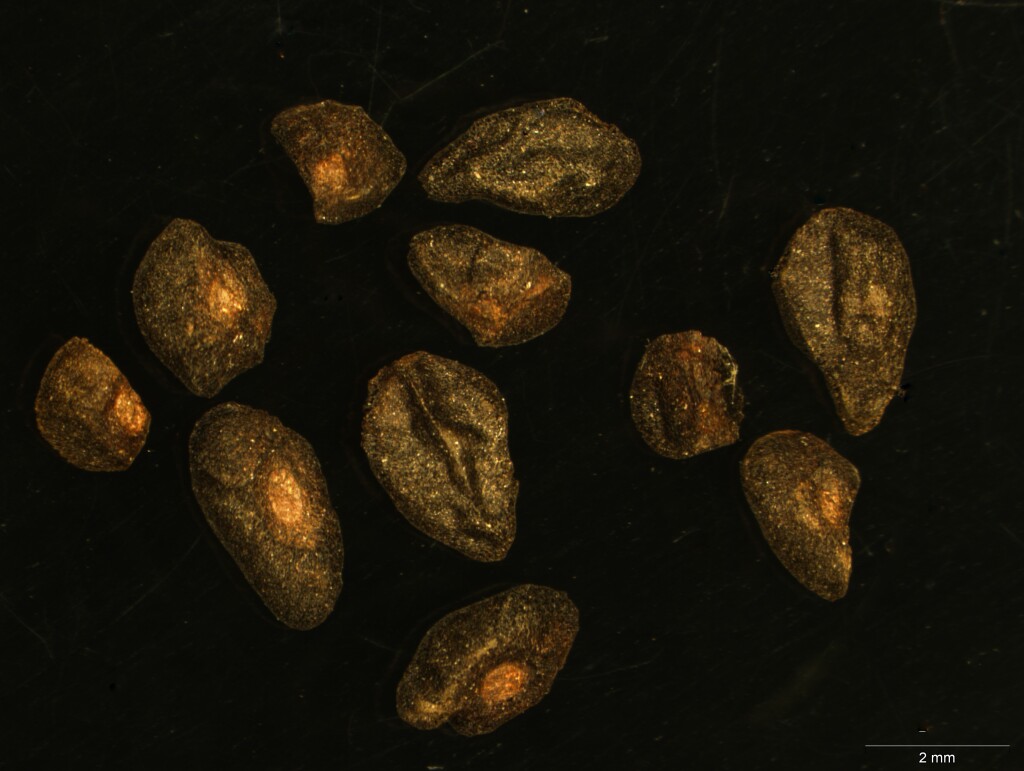Eucalyptus glaucescens
Maiden & Blakely Tingaringy GumMallee, or tree to 50 m tall; bark rough, fibrous on lower trunk of trees, shedding above in ribbons; upper trunk and bark of mallees smooth, orange, grey or whitish. Juvenile leaves sessile, opposite for many pairs, orbicular, to 7 cm long, 8 cm wide, bluish-grey or glaucous; adult leaves petiolate, alternate, broadly lanceolate to lanceolate, 7–12 cm long, 1.3–2.5 cm wide, concolorous, dull, green; reticulation dense. Inflorescences axillary, unbranched; peduncles to 0.6 cm long, 3-flowered; buds glaucous, sessile or shortly pedicellate, cylindric, to 1 cm long, 0.5 cm diam., scar present; operculum much shorter than hypanthium, slightly beaked; stamens inflexed; anthers dorsifixed, cuneate; ovules in 4 vertical rows; flowers white. Fruit sessile, cupular, to 1.2 cm long, 1 cm diam.; disc level to descending; valves 3(4), below rim; seed black, flattened-ellipsoid or cuboid, often with dorsal ridge, hilum ventral. Flowers Feb.–May.
VRiv, GGr, NIS, EGU, HSF, HNF, MonT, VAlp. Also NSW. In Victoria restricted to high mountain areas, e.g. Mt Tingaringy, Brumby Point, Mt Hotham, Baw Baw Plateau, Mt Erica.
Sometimes a tall erect tree, e.g. on Mt Erica, but occurring as a mallee on very rocky mountain tops where it may be confused with E. perriniana, which can be distinguished by the connate juvenile leaves.
Brooker, M.I.H.; Slee, A.V. (1996). Eucalyptus. In: Walsh, N.G.; Entwisle, T.J., Flora of Victoria Vol. 3, Dicotyledons Winteraceae to Myrtaceae, pp. 946–1009. Inkata Press, Melbourne.
 Spinning
Spinning

